Feature Destination
Journeys With Purpose – Kids on Safari: Frequently Asked Questions
Journeys With Purpose offers immersive conservation and ethical travel experiences. Through private and hosted trips with pioneering conservationists, guests experience rewilding and restoring biodiversity in the wildest corners of the world. Our “Seven Worlds, One Planet” approach is a global curriculum focused on recovering and conserving vibrant landscapes, biodiversity, wildlife and livelihoods across all seven continents.
Feature Destination
Feature Destination: A Conservationist’s Reflection on Family, Biodiversity, and Restoration in Costa Rica
Costa Rica is one of the few countries I’ve returned to repeatedly over the last twenty or so years. Each visit has reinforced why this small Central American nation continues to hold a special place in my heart. As a conservationist, I’ve long admired its bold environmental policies, its ability to restore vast areas of degraded land, and the extraordinary biodiversity that thrives here. But what draws me back just as strongly is the feeling that Costa Rica gives you: the quiet assurance that another world is possible, one where people and nature can coexist with purpose and respect.
I had the chance to experience Costa Rica in a new way, traveling with three generations of my family. My husband, my sister and her family, and our aging parents all came together for what we knew would be a once-in-a-lifetime trip. My sister chose Costa Rica not only because of its beauty, but also because it felt manageable for a multigenerational vacation. It’s safe, accessible, and well set up for travelers of all ages. We also understood it would be expensive, but for the chance to travel together as a full family, the investment was worth it.
We started our journey in San José, where my husband and I stayed in a homestay with a Costa Rican grandmother. She greeted us with warmth, fed us incredible meals, and gave us our first taste, quite literally, of the hospitality this country is known for. From there, we headed to Quepos on the Pacific coast, where my sister had rented an Airbnb home. It was the perfect setup with a space for all of us to gather, cook, relax, and look out over a small deck that faced what appeared to be pure jungle. The view was mesmerizing. We later learned that only a few decades ago, the entire landscape had been logged and used for farmland or extraction. But thanks to Costa Rica’s climate and commitment to restoration, nature had returned with full force. You’d never know it had once been stripped bare.
Every morning, we gathered on that deck before sunrise with coffee in hand to watch the forest awaken. Birds darted through the trees: tanagers, flycatchers, motmots, flickering colors between the leaves. For a family of nature lovers, those quiet hours became some of the most meaningful and memorable moments of the entire trip.
Quepos gave us easy access to both the coast and the rainforest. We hiked in the nearby parks, explored waterfalls, we stumbled on eco-tours of chocolate-making, coffee farming, and sustainable agriculture. The excursions were varied and accessible. Canopy walks, guided nature trails, and small boat rides. Costa Rica’s dynamic geography from the mountains, coasts, volcanoes, and rainforests means you don’t have to travel far to experience completely different ecosystems.
Although my husband and I skipped diving this time to stay together as a family, we did take a longer boat ride to a more remote patch of primary forest. I believe we were on the edge of the Osa Peninsula or near Corcovado National Park, which is known as one of the most biologically intense places on Earth. The experience reminded me again how rare it is to be able to witness truly untouched rainforest.
Every meal we ate was exceptional. With such a strong agricultural foundation, the food was consistently fresh, flavorful, and locally grown. Pineapple, avocado, coffee, papaya, rice, and beans, all vibrant and prepared with pride. Costa Rica’s commitment to sustainable agriculture shows in the taste of what ends up on your plate.
Beyond the beauty and comfort, what continues to impress me most is Costa Rica’s national commitment to conservation. Despite being only about 51,000 square kilometers in size, Costa Rica is home to more than 500,000 species, about 5% of the world’s biodiversity, thanks to its location at the intersection of North and South America. The diversity includes iconic species like the resplendent quetzal (Pharomachrus mocinno), Baird’s tapir (Tapirus bairdii), jaguars (Panthera onca), and endangered sea turtles like the green sea turtle (Chelonia mydas), which nests on the Caribbean coast in places like Tortuguero National Park.
Costa Rica has not only preserved what it has, it has reversed damage from generations of less sustainable development. In the 1980s, deforestation was rampant, with forest cover reduced to about 21%. But thanks to a range of government policies, including the 1997 launch of the Payment for Environmental Services (PES) program, forest cover has increased to over 50% as of the 2010s, and as of 2022 forests covered approximately 60.1% of the country’s land area, according to the World Bank. The PES program rewards landowners for keeping forests intact, recognizing the economic value of ecosystem services such as carbon capture, water filtration, and biodiversity protection. Much of this work is administered through MINAE (the Ministry of Environment and Energy), and its subsidiary agencies like SINAC, FONAFIFO, and CONAGEBIO.
The country has also turned its attention toward marine conservation, with over 30% of its territorial waters now designated as marine protected areas (MPAs). These include coral reefs, mangroves, and marine corridors vital for species like sharks, whales, and sea turtles. Organizations like the MarViva Foundation have been instrumental in managing these MPAs, particularly around the Eastern Tropical Pacific.
Folks from Costa Rica, also called Ticos, have the reputation of being affectionately warm, proud, and deeply connected to the land. You quickly learn the phrase “Pura Vida” is more than a slogan. It’s a mindset, an expression of gratitude, resilience, and appreciation for life’s simple gifts. It’s said as a greeting, a farewell, a thank-you, and always with a smile.
Traveling here, you’ll find that Costa Rica is not only logistically easy, but emotionally and intellectually enriching. Whether you’re a solo traveler, a couple, or a multigenerational family like us, there’s something for everyone. The country is incredibly welcoming to people of all backgrounds, and it’s one of the safest places in Central America to visit.
If you’re planning a trip, the best advice is to decide what kind of experience you’re looking for. Do you want to immerse yourself in the jungle? Lounge on the beach? Explore volcanoes? Stay in a city and do day trips? Or do a bit of everything? There’s no single way to “do” Costa Rica. You can rent a car or rely on shuttle services. Stay in a city hotel, a remote eco-lodge, or a beachside Airbnb. It’s all possible.
Here are a few key regions to consider:
-
Central Valley (San José and surroundings): Cultural sites, museums, and access to volcanoes and cloud forests.
-
Pacific Coast (including Quepos and Manuel Antonio): National parks, beaches, and adventure tourism.
-
Caribbean Coast (like Puerto Viejo and Tortuguero): Afro-Caribbean culture, nesting turtles, and rich biodiversity.
-
Northern Plains (Arenal and La Fortuna): Hot springs, waterfalls, and volcanoes.
-
Southern Zone (Osa Peninsula and Corcovado): Pristine rainforest, rare species, and incredible biodiversity.
VisitCostaRica.com is the official tourism website and a helpful starting point for researching regions, accommodations, and activities.
For us, this trip was a chance to reconnect, not just with each other, but with the natural world. Costa Rica has a way of doing that. When you’re surrounded by howler monkeys at dawn, or listening to rain fall onto leaves the size of couch cushions, or catching a glimpse of a toucan in flight, you remember what it feels like to be part of something ancient and alive.
And in a world where conservation so often feels like a losing battle, Costa Rica shows what can be achieved when a nation decides to prioritize nature, not just in words, but through action.
Feature Destination
Feature Destination: The Most Awe-Inspiring National Parks in Latin America
Feature Destination
Feature Destination – Journeys With Purpose: Restoring Island-Ocean Ecosystems in Palau
Visiting Palau has been one of the most remarkable and affirming experiences of my life. Spending hours in the ocean observing turtles, sharks, rays and a host of other marine species, including cuttlefish changing colour and form to their immediate environment, has proven to be one of the greatest joys and wonders in the world.
I grew up watching and entranced by the TV series ‘The Undersea World of Jacques Cousteau’. Such was the impression Cousteau’s series made on me, as a very young child my first pet was called ‘Calypso’, after his fabled research vessel. My experiences in Palau brought back these vivid memories directly. With a particular snorkelling experience on this journey, a fellow traveller commented that this must be “the day you fell in love with sharks” – and it truly was.

Throughout the course of the last 12+ months, Journeys With Purpose has worked alongside the world-class organisations of Island Conservation and Scripps Institution of Oceanography, in association with Re:wild, on a ‘Restoring Island-Ocean Ecosystems’ journey to champion and support the Island-Ocean Connection Challenge (IOCC).
The IOCC aims to restore at least 40 globally significant island-ocean ecosystems from ridge to reef by 2030 to benefit people, wildlife and our planet. This goal is delivering tangible action and successes, and signifying more widely the essential connection between island health and ocean health. Holistically restoring islands delivers outsized benefits for wildlife, oceans, people and climate impacts.
Key IOCC messages:
- Healthy oceans need healthy islands
- island and marine ecosystem elements cycle into one another, sharing nutrients vital to the plants and animals within them. Invasive species damage these fragile ecosystems and work to remove these in order to restore balance and endemic species such as the Megapode bird is vital.
- Everything is connected – Indigenous Peoples and local communities know this
- Indigenous Peoples and local communities have long understood and managed their natural resources in the context of island-to-sea connections. As Wayne Andrew, Micronesia Director of OneReef says “Community is not people alone. Community is a place, the reef. The respect of all that is so important”. This is rooted in their traditional knowledge and wisdom, including ancient oral stories such as the “Megapode Bird and Hawksbill Turtle”. It is essential to support local leadership and communities in the decisions they wish to make to protect these vital ecosystems.
- Collaboration is essential
- taking a collective approach to sustainable science and the importance of collaboration with local communities to achieve more holistic results.
- Emerging Science and Impact Monitoring
- global scalability of work informed by science. Emerging research shows people, wildlife and marine environments benefit when island-ocean connections are restored.
- Islands are on the frontline of environmental crises
- a staggering 41% of critically threatened species are found on islands
- 27% of all languages come from island communities
- surrounding coral reefs are home to 25% of all marine life

We travelled with leadership from Palau’s local communities, Island Conservation, Scripps Institution of Oceanography and supporters of these organisations. The collective experience of our time with these communities, and snorkelling and diving, was quite remarkable – a true spirit of togetherness and bonding developed that we will treasure for the rest of our lives. And importantly to take forward into action.
My key takeaways are thus:
- People make Places
- this is never more true than in Palau. There are approximately 20,000 local inhabitants on Palau’s islands, and they demonstrate an incredible bond, cohesiveness and strength together. This is brilliantly encapsulated by the local Hatohobei community, who rejected sizeable bribes to thwart a significant illegal fishing operation – “… we’re doing it for our people, for the future generations.”
- Impact at Scale
- the Palau National Marine Sanctuary (PNMS), effective 1 January 2020 with support from the Palauan government and several NGOs, is one of the largest marine protected areas (MPA) in the world. It was the first MPA of its kind, protecting 80% of a country’s national waters in a fully protected no-take zone.
- the PNMS protects a vast array of marine life and unique geological features within its over 475,000 km2, an area larger than Germany, Japan, Iraq, Sweden, etc. Eight hundred marine vertebrate species call the PNMS home, including nearly 30 different marine mammals and 60 shark and ray species, though these numbers are likely underestimated, as the biodiversity of the PNMS remains understudied.
- all achieved with the spirit of just 20,000 Palauans.
- Be Brave
- as above, the Palauans have been incredibly brave in their approach with their communities, natural environment and ambition. Very sadly, this is not the norm around the world, but is, however, a lesson for us all – trust our hearts and do the right thing to help deliver today a viable future. We must turn the currency of hope into the currency of action.

I have observed these three takeaways in the great conservation and rewilding endeavours around the world. It can be done. I urge us all, in the strongest possible manner, to support the work of the people of Palau, Island Conservation and Scripps Institution of Oceanography – brilliant people, doing brilliant work, in brilliant places. My eternal gratitude to our partners and supporters on this journey, and in particular to the exceptional dedication, hospitality and warmth of our local Palauan partners at Island Conservation Palau, Ebiil Society, OneReef, Koror State DCLE (Department of Conservation and Law Enforcement), Ngarchelong State Rangers and many others. Palau, officially the Republic of Palau, is an island nation in the Micronesia region of Oceania in the western Pacific, comprising an archipelago of over 350 islands. Little known to many of us, it is one of the most remarkable ecosystems and communities on Earth. Please connect here – connect@journeyswithpurpose.org – to understand how you can contribute, and visit Palau.
GET IN TOUCH TO START YOUR JOURNEY
A tribute to the people of Palau:- in memoriam to Prince LeeBoo of Palau, 1763 to 1784.
With the consent of his father King Ibedul of Koror, Prince LeeBoo departed Palau with Captain Henry Wilson and the crew of the Antelope to London, England on 12 November 1783. Whilst in London, Prince LeeBoo became Palau’s de facto ambassador of goodwill to England, and a scholar. However, LeeBoo’s plan of returning to Palau to spread knowledge and scientific discoveries to his people ended abruptly when the young prince succumbed to smallpox in the winter of 1784. The remains of Prince LeeBoo and his plans lay buried today in the courtyard of St. Mary’s church in Rotherhithe, London, England.
Despite the dilapidation of time, the spirit of Prince LeeBoo continues to live in the hearts of the people of Palau – their immense strength of community, positive impact and fortitude. His story, and purpose in life, remains widely told amongst the people of Palau today.
This article was retrived from Duncan’s Field Notes.
Journeys With Purpose offers immersive conservation and ethical travel experiences. Through private and hosted trips with pioneering conservationists, guests experience rewilding and restoring biodiversity in the wildest corners of the world. Our “Seven Worlds, One Planet” approach is a global curriculum focused on recovering and conserving vibrant landscapes, biodiversity, wildlife and livelihoods across all seven continents.
-

 News2 days ago
News2 days agoWheaton Women in Ocean Science Award Now Accepting Applications for 2025
-

 Voices2 weeks ago
Voices2 weeks agoMass Death of Magellanic Penguins Observed at Reserva Provincial Cabo Vírgenes
-

 Book Suggestion2 weeks ago
Book Suggestion2 weeks agoWet and Salty. A Lifelong Journey Seeking Coral Conservation and Resilience.
-

 News2 weeks ago
News2 weeks agoNew Coral Gardens and Hydrothermal Vents Found in the Icy Depths of the Remote South Sandwich Islands
-

 Art & Culture1 week ago
Art & Culture1 week agoAnnouncing the Winners of the 2025 Science Without Borders® Challenge
-

 Feature Destination3 weeks ago
Feature Destination3 weeks agoFeature Destination: The Most Awe-Inspiring National Parks in Latin America
-

 Aquacultures & Fisheries3 weeks ago
Aquacultures & Fisheries3 weeks agoBreathe. Wheel. Flukes Up. Dive. Swim On, Whales!
-

 Ocean Literacy1 month ago
Ocean Literacy1 month agoMicroplastics: From rubbish bins to your next meal




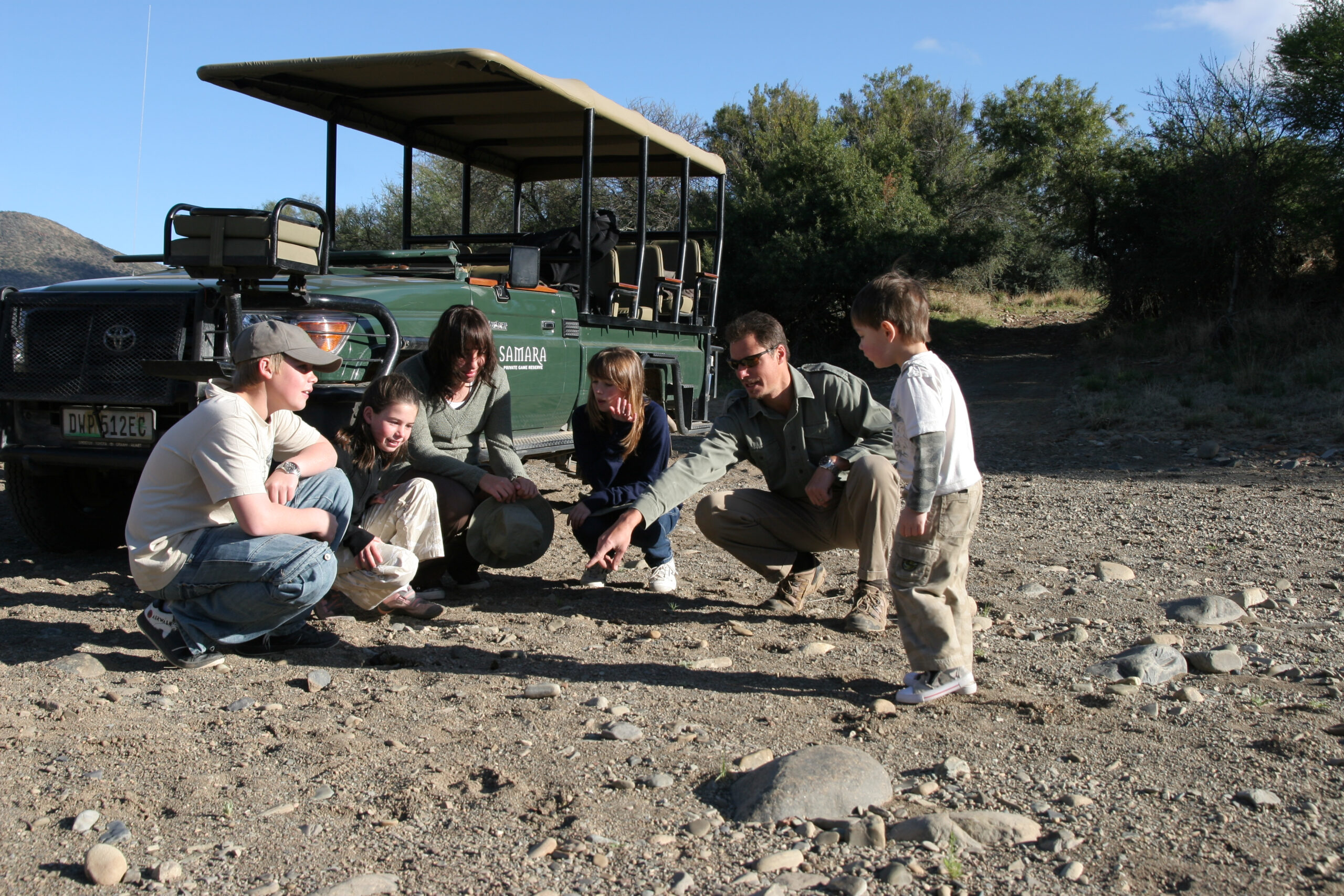
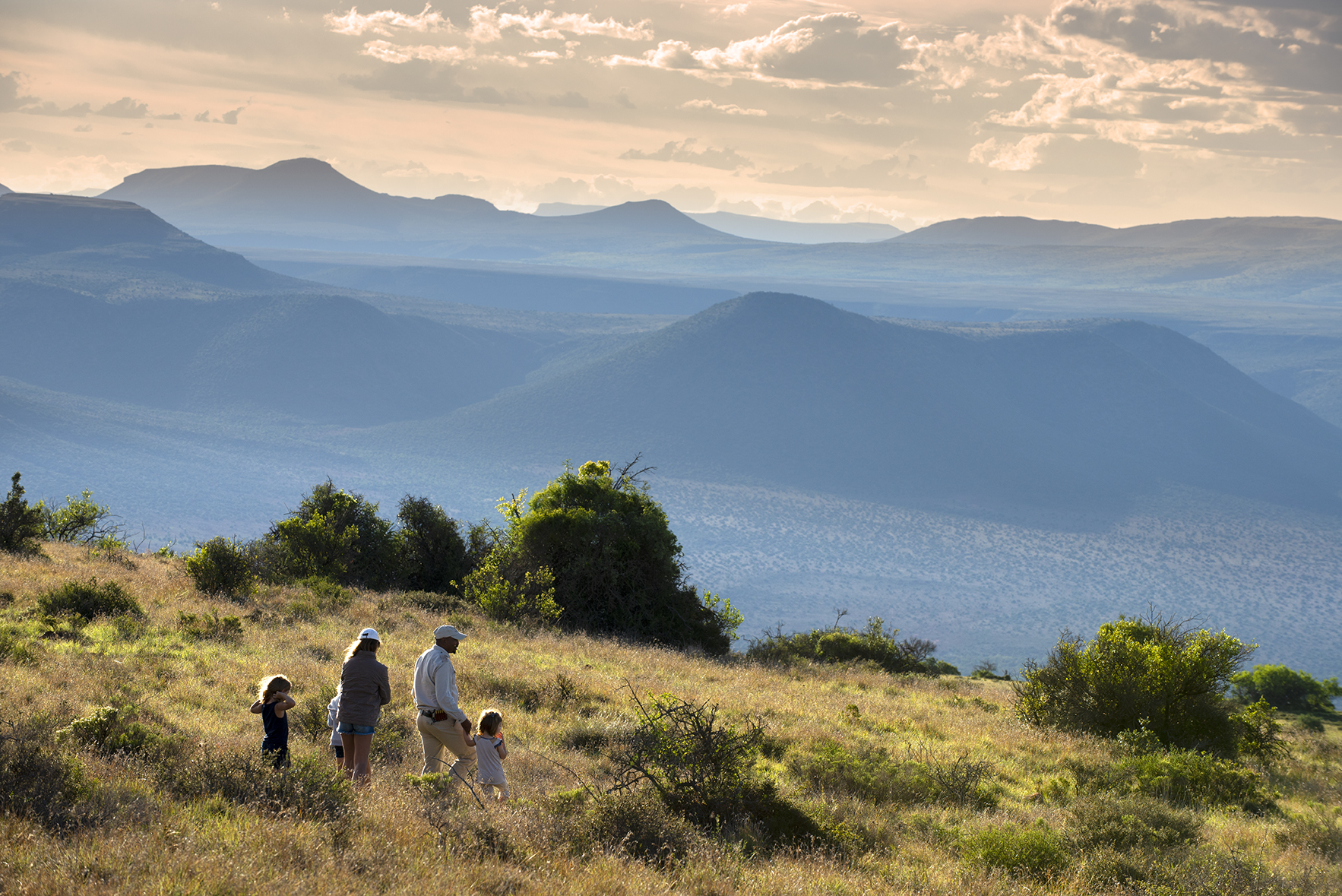








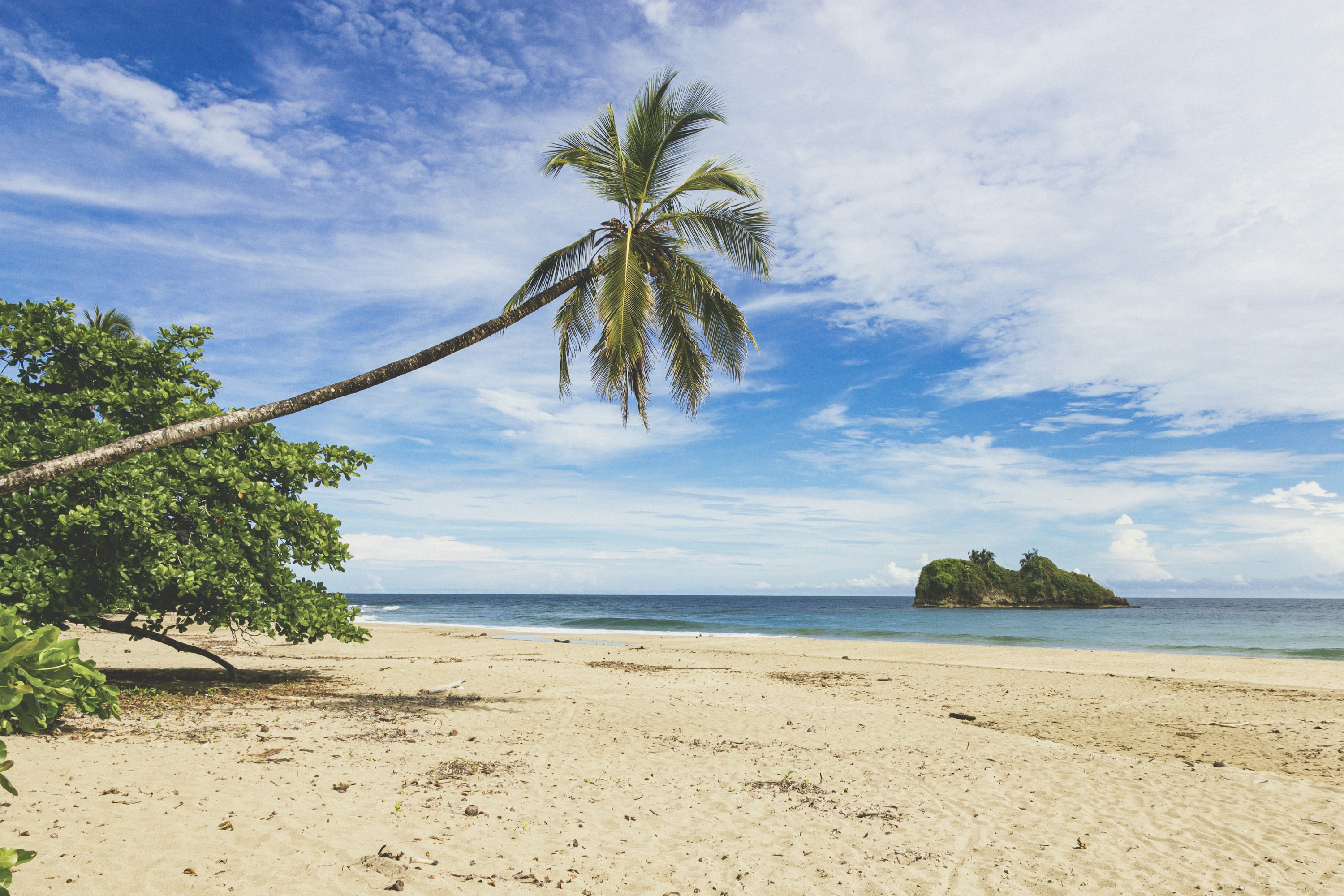

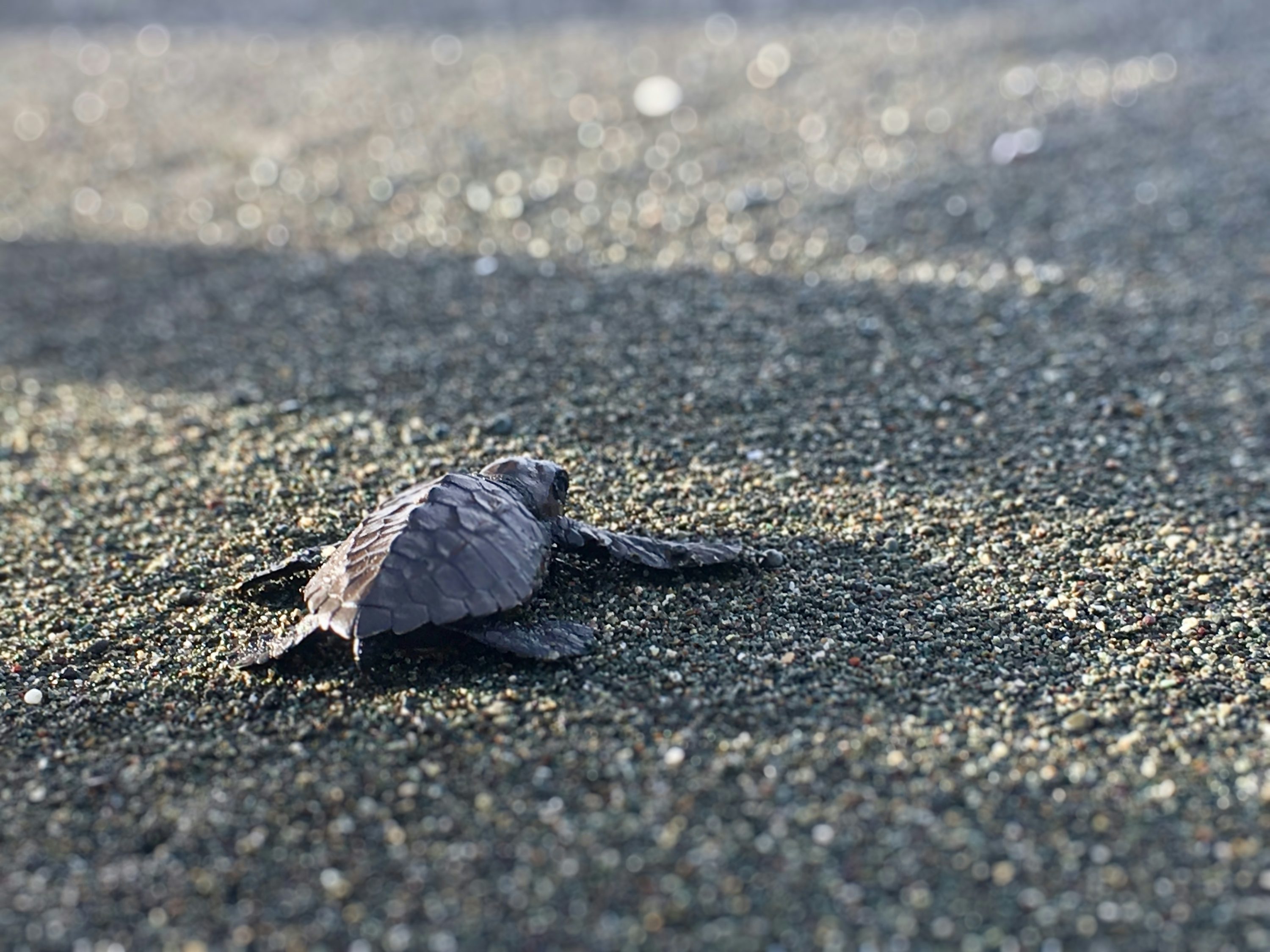

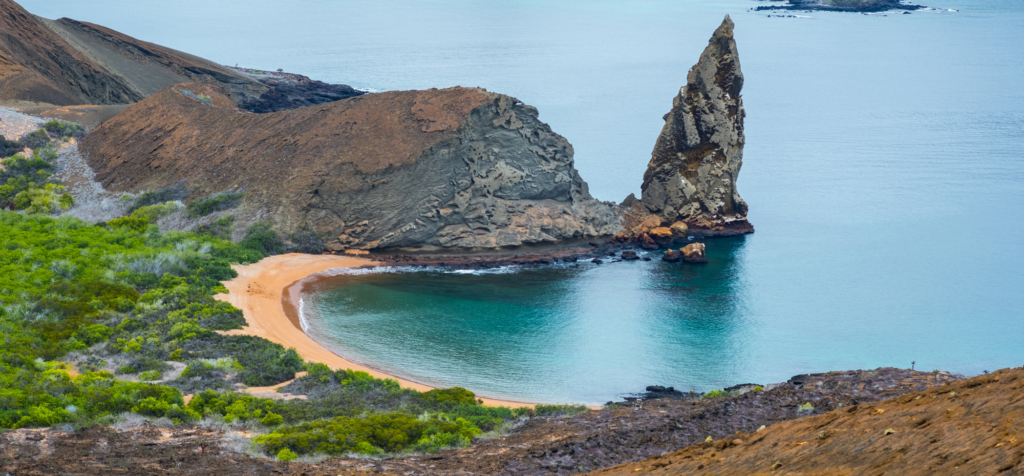
 The world famous UNESCO World Heritage Site, located 1,000 kilometres off the coast of Ecuador, is home to many endemic species totally unique to the archipelago, including the Galapagos giant tortoise, marine iguana, and several species of Darwin’s finches.
The world famous UNESCO World Heritage Site, located 1,000 kilometres off the coast of Ecuador, is home to many endemic species totally unique to the archipelago, including the Galapagos giant tortoise, marine iguana, and several species of Darwin’s finches.


